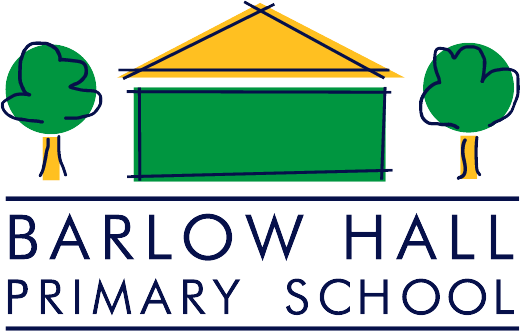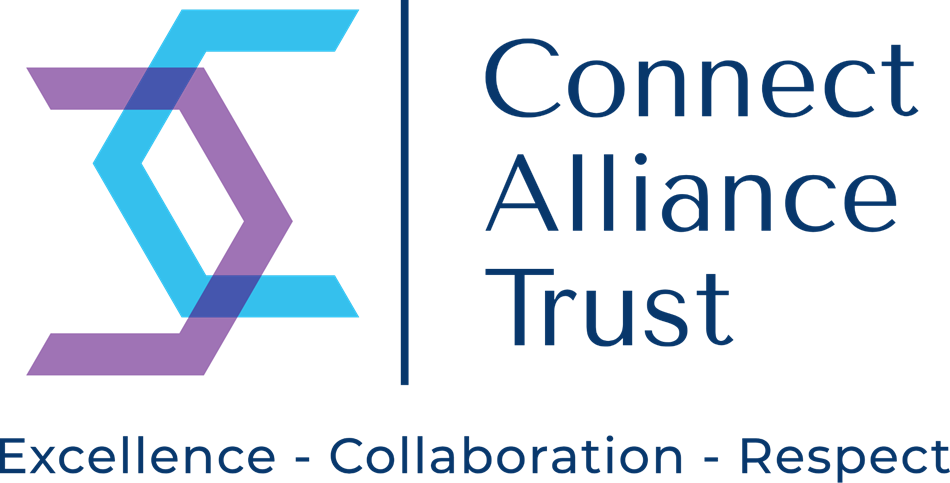Barlow Hall’s Intent
Computing is a broad subject and our research based computing curriculum is designed to support children to acquire knowledge to build a shared and consistent understanding that will prepare them for the world of tomorrow.
We believe that a high-quality computing education equips pupils to use computational thinking and creativity to understand and change the world. Our Thinking Concepts support our computing curriculum.
Although computing has deep links with mathematics, science, and design and technology, the core of Barlow Hall’s computing curriculum is computer science, in which pupils are taught the principles of computing systems and networks, data and information, programming and creating digital media.
Building on this knowledge and understanding, pupils are equipped to use information technology to create programs, systems and a range of content. This will often include linking their computing knowledge to other areas of the curriculum (for example, through photo editing, making stop-frame animations on the iPads and building, programming and controlling robots.)
Developing personal and social skills, in particular around aspects of digital safeguarding and citizenship, is crucial to developing an understanding of the digital world our children are growing up in. Digital safety knowledge is regularly taught and reinforced across all year groups, ensuring that, whenever children are exposed to technology, they can use it confidently and responsibly. Please click here to view our digital safeguarding page.
Computing also ensures that pupils become digitally literate – able to use, and express themselves and develop their ideas through, information and communication technology – at a level suitable for the future workplace and as active participants in a digital world.
The National Curriculum Aims
The National Curriculum for computing aims to ensure that all pupils:
- can understand and apply the fundamental principles and concepts of computer science, including abstraction, logic, algorithms, and data representation.
- can analyse problems in computational terms and have repeated practical experience of writing computer programs in order to solve such problems.
- can evaluate and apply information technology, including new or unfamiliar technologies, analytically to solve problems.
- are responsible, competent, confident, and creative users of information and communication technology.
Our Implementation
At Barlow Hall, our computing curriculum has been developed and supported by working with the National Computing Hub. We use The Teach Computing Curriculum (National Centre for Computing Education).
There are four curriculum themes:
- Computing Systems and Networks
- Creating media
- Programming
- Data and Information
Following Teach Computing curriculum ensures coherence and sequencing, lessons are taught in order, each lesson reviewing and building on the next lesson, small steps build towards milestones. Digital safety and citizenship is threaded through each unit and links with our PSHE curriculum.
Teach Computing Curriculum is reviewed and updated annually so we are confident that our curriculum is up-to-date and based on any new research as this continues to develop.
Lessons are adapted so all children are supported. Adaptations can include additional resources and visual prompts. Exploratory tasks enable children to apply their learning in different contexts and make connections.
Assessments are built into each lesson through success criteria and teacher observation. These assessments support teachers to know whether children are working at age related expectations.
Impact
By following Teach Computing Curriculum and by selecting the most appropriate teaching strategies we will develop competent, computational thinkers who are prepared for the transition to high school. Our children will have the key knowledge and skills both in computer science as well as having a secure understanding of specific risks with using digital technology, being a responsible user of digital technology, knowing how to seek support should they need this. Our children will be well prepared to navigate the digital world of tomorrow.



